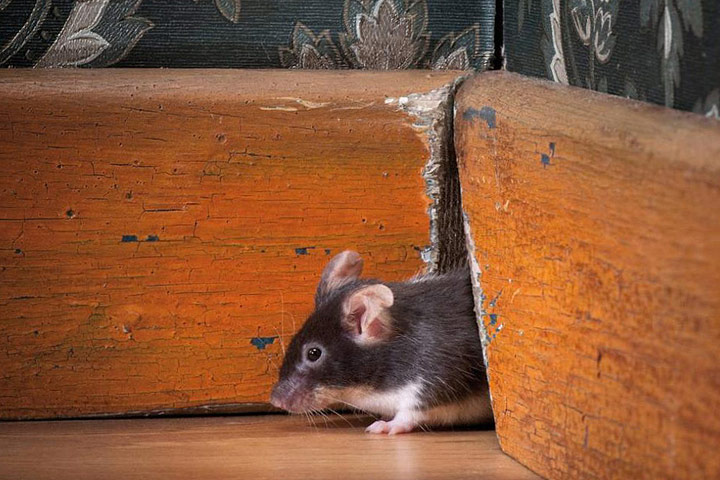
Mice are cute little critters, but that doesn’t mean we want them sharing our homes with us. As adorable as their tiny whiskery faces are, the disease they spread via urine (which they communicate with, and therefore leave a lot of lying around) and feces-not to mention the extensive damage they can do when they put their teeth to something-is no joke. But a lot of us (myself included) don’t want to turn to traditional snap traps (have you ever seen one go wrong? It’s not pretty) or rodenticides that pose serious risk to children, pets, other wildlife, and the environment.
Being naturally nocturnal, voracious nibblers, and rapid reproducers (starting at the tender age of 6 weeks) how does one go about dealing with mice without turning to mainstream methods? Enter a fun little idea called integrated pest management (IPM.) It takes some more work, dedication, and thought than other methods, but you can manage without using toxic chemicals, which makes it far superior in my opinion. IPM involves pest proofing your home by sealing up any potential entrances, keeping food well sealed and securely locked away, knowing your pests habits, likes/dislikes, and eliminating any water sources.
Combine an IPM program with a few of these DIY deterrents and repellents, and you can come up with a successful comprehensive plan to get rid of mice naturally.
How Poison Works: Most rodenticides on the market today are anti-coagulants. They essentially inhibit the body’s ability to clot blood, which results in the mouse hemorrhaging and bleeding to death internally. Warfarin, brodifacoum, diefenacoum, and flocoumafen. While all of these are nasty and toxic, flocoumafen is so powerful that it is only legally certified for indoor use. In addition to prohibiting blood clotting, the poisons will make the mice extremely thirsty. They then leave the house in search of water and die. On top of all of this, and the risk you pose to pets and children, there is secondary poisoning to consider. Many poisons are toxic to animals that will eat the mice, such as birds of prey-or your dog or cat.
How Traps Work: Fairly self-explanatory, the two main traps on the market are sticky traps and snap traps. Snap traps are triggered when the mouse goes for the bait, and a powerful spring mechanism snaps a wire down, breaking the rodents neck. I have, unfortunately, been witness to several trap malfunctions-one particularly gruesome one involved the mouse pulling back so that its neck didn’t break, but its snout and the front part of its face was crushed and caught in the trap. It was very much alive afterwards. It may sound soft-hearted, but I can’t stand the sight of even a pest struggling and in pain.
Sticky traps are about as inhumane as they get. The mouse runs onto it, sticks, and is terrified while its struggles to escape. It will either die slowly of dehydration or starvation. The traps can rip off fur and skin while they struggle, and rodents have attempted to chew through their own limbs to get free.
1. Peppermint Essential Oil
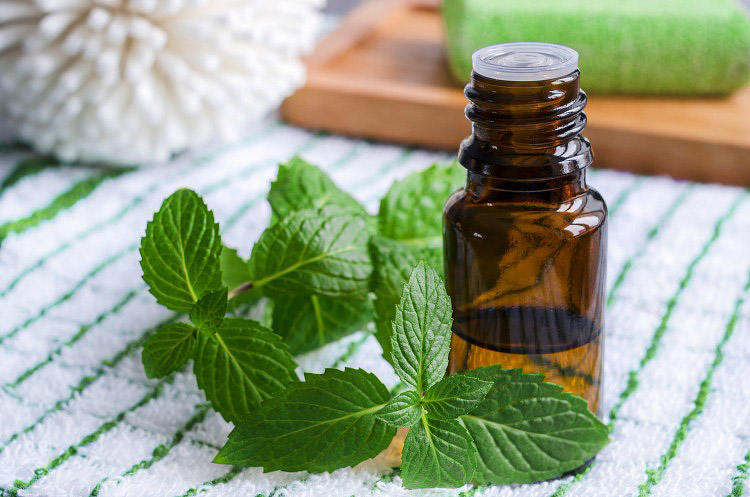
Mice, while nowhere near as impressive as say, dogs, still have a fairly acute sense of smell that beats our own. So while we find the smell of peppermint refreshing, tangy, and pleasant, mice find it overwhelming and offensive. This isn’t the best remedy to deter mice, but it makes a nice compliment to a solid IPM program.
You will need…
-cotton balls
-peppermint essential oil
Directions
Add 20-30 drops of peppermint essential oil to each cotton ball and lay strategically around your home. Refresh every week or so, or whenever you notice the smell is fading. Feel free to experiment with other essential oils/oil blends in addition to peppermint.
2. Let Nature Do Its Thing
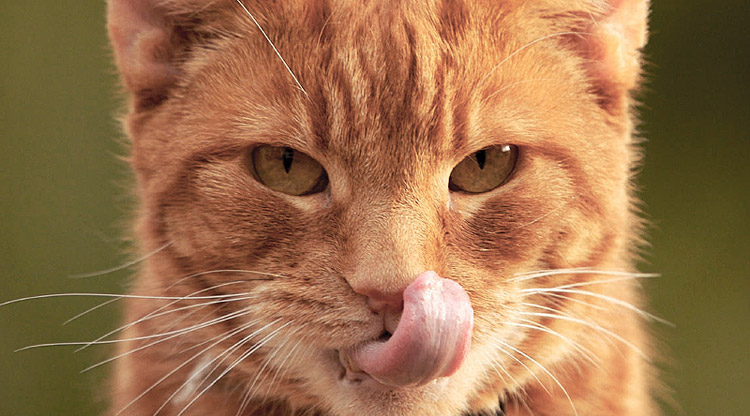
While dogs, bless their loyal hearts, are man’s best friend and useful in countless ways, they are much farther removed from their ancestors in terms of behavior than cats are. There are breeds of dogs that hunt happily, of course, but you’ll be hard pressed to find a cat that doesn’t have a refined “killer instinct” so to speak. When you want to naturally get rid of mice, a cat is your best friend. If you have a pest problem, and you have the means to have a cat, go for it! Just remember, the cat will also be a part of the family-not just something you use for a mouse problem. And there’s always the possibility you end up with one that isn’t a good mouser, in which case, you’ve just gained another wonderful member of the family.
You will need…
-A cat
Directions
Go to your local animal shelter and get a furry friend.
3. Mouse Deterrent Spray

This is a special little concoction that that doesn’t involve manufactured chemicals or toxins-although I would recommend wearing goggles and gloves when you apply it! This is a spray made entirely from hot peppers. While we might like a little heat to our food, think about when you get hit with something too spicy. Your eyes start to burn, you’re in pain, and if the scoville units get high enough (the unit used to measure the heat of hot peppers) you can even kick the bucket.
Now imagine you’re a mouse, just a few inches off the floor, snuffling around and minding your own business (kind of) when you stumble across a patch of burning hot “pepper spray.” With your eyes and nose so close to the ground, you’ll be extremely uncomfortable and irritated and not exactly excited to continue on with your journey. You’ll probably turn back to find another, less spicy, place to invade.
This spray uses habanero peppers, which have a scoville rating of 100,000-350,000 units, and cayenne peppers, which rate at 30,000-50,000 units. Compare this to the 1,000-4,000 units of a jalapeno, and it’s easy to see why this is so repugnant to rodents.
You will need…
-1/2 cup chopped habaneros
-2 tablespoons hot pepper flakes
-16 cups (1 gallon) of fresh water
-Two 2 gallon buckets
-A gallon jug and a spray bottle
-Cheesecloth
-Gloves/goggles
-A large pot
Directions
Wear gloves and goggles when making and applying this powerful mixture. A surgical mask isn’t a bad idea either, as it can cause some respiratory irritation in some individuals.
In a large pot, bring water to a boil. Put peppers and flakes in a food processor and blend until they are a little more roughly chopped up. You can do this by hand, but I find it less irritating to the eyes to use the food processor. Put the pepper blend into a 2 gallon bucket, and then pour the boiling water over them. Cover the mixture and allow it to sit for 24 hours. Using cheesecloth, strain out the pepper bits by pouring the mixture into another 2 gallon bucket. Fill your spray bottle and spritz around entrances and affected areas. A little goes a long way! Don’t use this on carpets as it may discolor the surface. I like to apply around the outside perimeter of my house, but if you want to apply it indoors, after a day or two wipe the old spray up with some water and reapply. Always test a small area first to make sure it doesn’t affect the color.
The mixture, covered, keeps for months out of direct sunlight, so simply refill your bottle when needed.
4. Dryer Sheets
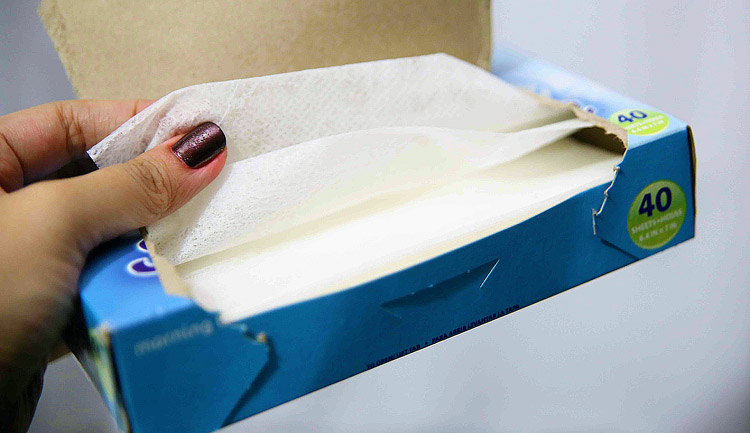
While I point blank refuse to use dryer sheets in the dryer, I do find myself turning to them at times to help with mice. It’s the lesser of two evils when it comes to poison. I actually learned of this little trick at the barn where I keep my horses. Since my barn cat happens to be incredibly lazy, I learned from another horsey friend that mice hate the smell of dryer sheets. Sure enough, after placing 1-2 in my tack locker, I was no longer finding mouse droppings or (on really bad days) mice that had decided to crawl into my stuff to die.
You will need…
-Regular old dryer sheets
Directions
Lay out around problem areas. Refresh when the scent is extremely faded/gone (usually once a month or so.) It’s a good idea to weight down the corners of the sheets. On the offhand chance you forget to replace them, they can be used as nesting material for the mice once the odor wears off. They can also be moved quite easily. I personally like to use them to help plug up any entrances I find that the mice are breaking into.
5. Bring Out the Copper
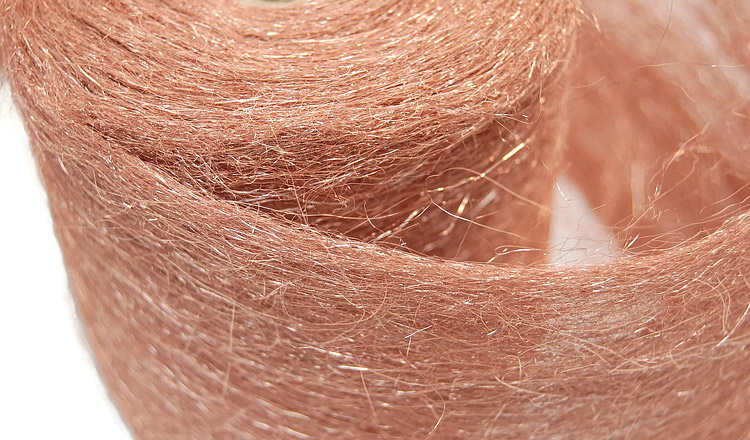
Exclusion is a huge part of solving a mouse problem. High quality steel wool is a popular item used to block entrances that mice use to get in and out of your house, and it can work quite well. However, you usually need to use a caulking compound to ensure the mice don’t pull the steel wool out of the hole, and the steel will degrade and rust over time. Copper wool, or copper wire mesh, on the other hand, won’t rust or degrade, and is woven finely to make it that much harder to chew through or pull out. If you have a deep crack, you can tightly stuff several layers of the copper into it which is usually sufficient to hold it in. If you have a shallower space you need to fill, or particularly stubborn mice that find a way to yank it out, you may want to look at a chemical/toxin free caulk or sealant. I won’t go into detail on those products right now since that has enough information to be a post unto itself!
You will need…
-1 roll of copper wire mesh/copper steel
Directions
Roll up the copper into thin wads and stuff firmly into cracks/holes/any entrances being used by the mice. Use a stick to really jam it in there, and use as many layers as you can without making it loose or sloppy. After installing, you can also spray with a little bit of hot pepper spray for extra deterrent.
6. Trap ‘Em
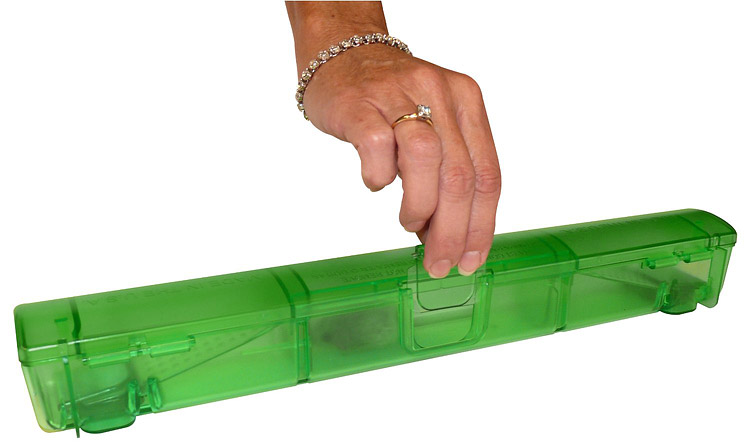
I will be the first to point out that this is not the route you want to take if you have a serious infestation. If you have a couple of mice, however, that you want to keep from setting up a permanent residence, humane traps are good way to relocate them. There are several types of traps out there that have multiple chambers, so you aren’t stuck catching one mouse at a time. Humane traps are a good way to improve your situation without dealing with the guilt and disgust that often times comes with regular traps.
You will need…
-A humane trap
-Bait
Directions
Follow the Directions on the back of the trap, as each one is different. Some ensure humans to avoid contact with the mice by means of a bait trigger. For example, a cracker is set in a holder in the cage. You put said cage far away, and when the mouse chews through the cracker, the door opens. You can then collect the now empty cage.
7. Cloves

Cloves elicit memories of warm holidays and cozy nights by the fire for us, but for some mice, they find the smell distasteful and overwhelming. It seems slightly counter intuitive that a smell that reminds us of holiday baking would be so unappealing to a mouse, but the strong essential oil in cloves encourages is irritating to them. You can use whole cloves, or clove essential oil on cotton balls. I prefer the essential oil as it is more powerful than the latter.
You will need…
-Clove essential oil OR whole cloves
-Cotton balls
Directions
Apply in the same way as the peppermint oil. Put 20-30 drops onto a cotton ball and place strategically around the house. Be sure you don’t have any pets wandering around that would gulp it down. If you’re using whole cloves, wrap them in an old piece of cotton t shirt and use in place of the cotton balls.
8. Aluminum Foil
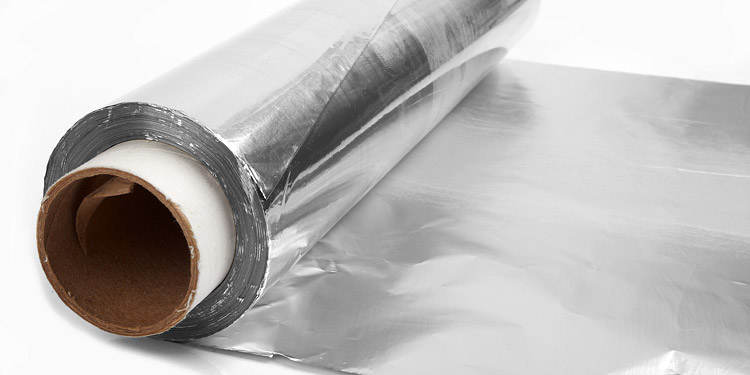
My family laughed when my Dad laid out aluminum foil one particularly mouse infested year up at the cabin. He covered the entire countertop with the stuff-cereal boxes, granola bars, everything. It looked, quite frankly, ridiculous. But lo and behold, the next morning, not a thing had been touched. No mouse had crept over the foil. It was probably a combination of the smell, and the slippery and noisy surface (the phrase “quiet as a mouse” didn’t come from nowhere!)
If you know where the mice are breaking in, wad up some foil and firmly jam it in the hole. Have you ever bitten a piece of aluminum foil? It gives me goose bumps just thinking about the sensation. I don’t know if mice don’t like the taste or feel, or if it just strikes them as too unnatural to penetrate, but I’ve had great success with this simple way to keep the mice at bay. This is a good first step to try before moving up to the copper wire solution above.
You will need…
-Aluminum foil
Directions
Cover the surface where you’re finding mouse droppings with the foil. Of course you can’t cover your whole house, but if you’re finding them on the countertops, for example, cover those with the foil. Lay the foil at night right before bedtime, and fold up in the morning. You can re-use it, but I recommend against it, on the off-hand chance that a mouse did track its little mitts all over it!




Leave a Reply